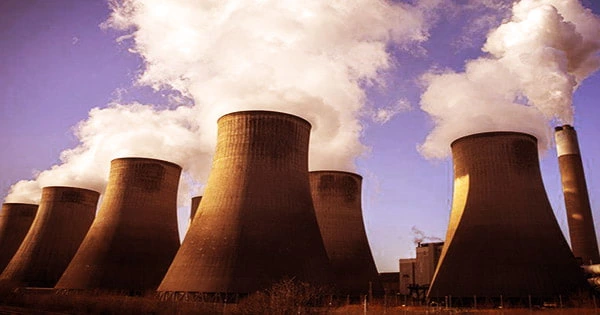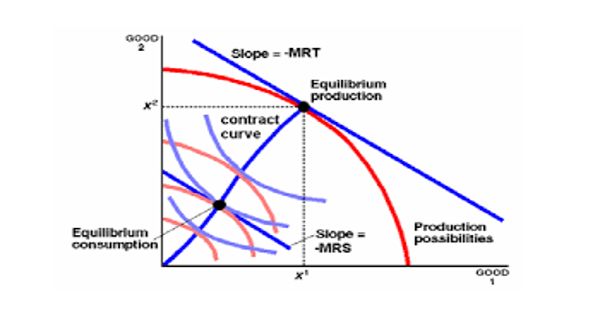Transitioning property enrolled in the Conservation Reserve Program (CRP) to bioenergy agriculture may benefit American landowners, the government, and the environment, according to researchers at the Center for Advanced Bioenergy and Bioproducts Innovation (CABBI).
Currently, land enrolled in the CRP cannot be utilized for bioenergy crop cultivation, which involves harvesting high-yielding plants (such as miscanthus and switchgrass) and converting them into commercial bioproducts that replace fossil fuel and coal-based electricity. The CRP, which was established by the United States Department of Agriculture in 1985, incentivizes landowners to retire ecologically deteriorated farms in exchange for natural habitats and yearly government payments.
As proponents of a safer, more sustainable bioeconomy, we must prioritize displacing fossil fuels.
Madhu Khanna
The global need for food production is at conflict with the decreasing agricultural output threatened by adverse climate conditions as the globe heats and its population explodes. As a result, reserving CRP land for high-yielding energy biomass might minimize the need for bioenergy and food crops to compete for space.

An integrated modeling technique was created by a team led by CABBI Sustainability Theme Leader Madhu Khanna and Ph.D. student Luoye Chen to analyze the sustainability of switching CRP land in the eastern United States to perennial bioenergy crops. Their report, which was published in January 2021 in Environmental Science & Technology, confirmed that the land-use change is feasible if certain essential criteria are satisfied.
“As proponents of a safer, more sustainable bioeconomy, we must prioritize displacing fossil fuels,” said Khanna, who is also Acting Director of the Institute for Sustainability, Energy, and Environment (iSEE) at the University of Illinois Urbana-Champaign. “As scientists, it is our responsibility to take a thoughtful, innovative approach to mitigating greenhouse gases in a way that will prove beneficial in the long term.”
“Bioenergy production is being expanded in the transportation and electrical sectors, and the agriculture sector must follow suit. This demands a scheme in which bioenergy and food agriculture coexist instead of competing.”
The CABBI team uses the Biofuel and Environmental Policy Analysis Model (BEPAM) in conjunction with the biogeochemical model DayCent (Daily Time Step Version of the Century Model) to analyze the costs and advantages of switching the CRP status quo uncultivated acres for bioenergy.
BEPAM evaluates net profitability, attempting to answer the following question: What specific economic circumstances will encourage CRP landowners to convert to bioenergy cropland? DayCent, an environmental contrast to BEPAM, simulates the whole ecosystem consequences of the transition on a certain county, allowing a “sneak peek” into the future and revealing information on how agricultural productivity, nutrient exchange, and soil carbon sequestration could be affected.
This study uses data from both models to create a greenhouse gas (GHG) life-cycle assessment, which determines the total GHGs reduced by the process as a whole, from planting through the injection of renewable energy into the bioeconomy.
“The full life-cycle assessment really is key to understanding the big-picture results of our research,” Chen said. “We take everything into account the process of actually growing and harvesting the feedstocks, the carbon sequestered in the soil, and the fact that ultimately, we will be displacing fossil fuels with biofuels, and coal-based electricity with bioelectricity.”
“Everything else is anchored to the ultimate aim of a net positive environmental effect when you have that final outcome in mind.”
Under specific conditions, the team found that converting 3.4 million hectares of CRP land to bioenergy from 2016 to 2030 is economically and environmentally viable.
If the market price of biomass remains high and the government continues to provide adequate CRP land rental payments, all systems are “go” economically. These elements can serve as perfect counterweights: If biomass prices fall, hefty land rental payments may relieve the financial strain on farmers and encourage them to stay committed to bioenergy; if biomass prices rise, loosened government assistance would rationalize, saving taxpayers money.
Two ideal pairs were recognized by the team: Landowners can either get 100% of their original government payments and sell biomass for $75 per metric ton, or they can receive 75% of their original payout and sell biomass for $100 per metric ton. Both parties should, in theory, profit.
Converting CRP property to biofuel can also reduce GHG emissions significantly. Previous studies have shown that a significant “soil carbon debt” is likely to build during the initial planting years of miscanthus and switchgrass. However, the study team assessed that the long-term impacts of replacing fossil fuel and coal-based energy with bioproducts would more than compensate for this temporary loss, based on the entire life-cycle evaluation indicated above.
The total net value of converting CRP land to bioenergy could be as high as $28 billion to $125 billion over the 2016-2030 period, based on landowner income from biomass sales, savings in government payments to maintain existing CRP enrollment, and the monetized benefits of GHG mitigation through displacing fossil fuels (quantified using the “social cost of carbon”).
















